The Vindolanda Trust
4 minutes reading time.

The Vindolanda Charitable Trust was founded in the spring of 1970, with seven Trustees.
Three of the whom were members of the Archibald family: Brigadier Brian Archibald, Daphne Archibald and Elizabeth Archibald and three were of the Birley family, Professor Eric Birley, Anthony Birley and Robin Birley. Charles Bosanquet, Vice Chancellor of Newcastle University, was the seventh member.
The aims of the Trust, which have remained to this day, were for the archaeological research of the site, making the structures and artefacts available to the interested public, especially educational groups, and engaging with people from all walks of life.
The Trust’s assets in 1970 were the 13-acre ‘camp field’, a small garden shed to store tools, a variety of picks and wheelbarrows and the princely sum of £21 in the bank. The formal Vindolanda Trust Excavations, under the direction of Robin Birley during a snow-laden Easter, started on the 3rd-century military bath house. The student excavators from Alnwick Teacher Training College were transported each day from their basic accommodation in Haydon Bridge. The Trust had no other facilities, no museum, toilets, car park, electricity, water, telephone and when it rained, no shelter from the elements. By early 1971 it became clear that the aims of the Trust could only be realised with a full-time approach to the work at hand. Robin Birley resigned from both his senior lecturing post at Alnwick and his position as a Trustee and became the first Director of the Trust.
Dedication, passion and nerve
These were challenging times that required dedication, passion and nerve but from those humble beginnings the Trust started to grow and the research with it. In 1971 the Trustees also purchased the fort at Magna, Carvoran (next to what is now the Roman Army Museum), 7 miles to the west of Vindolanda to preserve it for future archaeological research. Each year more and more visitors came to Vindolanda to see the new and exciting work taking place so that by 1972 the Charity had enough resources to take on a few full-time members of staff and build two basic Nissen sheds, one to shelter the excavators and the second to act as a small visitor reception and museum. These were later replaced by a temporary classroom generously loaned by Gateshead education Authority.
1973…
In 1973 the first of the famous Vindolanda writing tablets were found by Robin Birley and his team as well as many thousands of well-preserved wooden and leather artefacts and the Trust built up enough resources to purchase the once Hedley and Birley nearby family home, Chesterholm cottage, and turn it into a museum. The keys to the house were presented to the Trust on the 28th of October 1974 and by the spring of 1975 the museum was open to the public.
1970…
Excavations, education courses and incredible discoveries continued at the site throughout the 1970’s and into the 1980’s and the Trust continued to put every resource it made back into the core objectives of understanding and promoting the history and archaeology of the site. In 1978, some 115,000 people visited Vindolanda making it one of the most popular destinations on Hadrian’s Wall. The Trust became a major employer in the area, taking part in the manpower services scheme, growing its staff from 1 in 1971 to 48 by 2019. From 1969-2019, some 9700 volunteer places have been taken up on the excavations and through that period two generations of Roman archaeologists and specialists have learnt and honed their trade at the site. The Trust has been grateful over many years for the assistance of other Charities and Trusts to help achieve its goals and develop the facilities at the site. These have included the Northern Rock Foundation, the Sir James Knott Trust, One North East, the European Union, Heritage Lottery Fund, The Arts Council for England (ACE) and the English Tourist Board.
2009…
In 2009 the Vindolanda Trust was awarded a major grant by One North East (the former Regional Development Agency) and the Heritage Lottery fund to redisplay both the museum at Vindolanda and the Roman Army Museum and to convert the old coach house down the museum drive into an archaeological study centre. This development transformed those spaces to create the modern 21st-century museums at Vindolanda and the Roman Army Museum that the Designated Museum Collections of National importance deserve. Throughout its history, the Trust has been deeply grateful for the dedicated work of its staff, board members, patrons, specialists and volunteers in promoting access to the History and Archaeology of the site to all.
It is estimated that there are several hundred years to go before the site of Vindolanda and Magna at the Roman Army Museum are fully explored, and all their secrets will be revealed.

